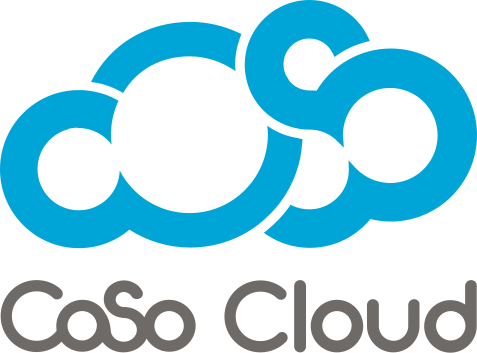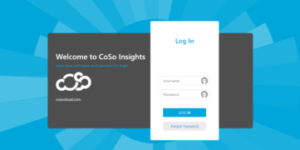
Another Argument for Individualized Training
March 26, 2019
Forget research. Forget stats. Let’s all agree to accept what by now should be a simple matter of fact: any organization that expects to compete today must employ a workforce that is continuously learning to keep up with the fast pace and ever changing paths of business.
But, how does an organization ensure effective and continuous worker training and development for hundreds, thousands, or even hundreds of thousands of workers? Not through blanket, cookie-cutter approaches. They need to customize their training not just to meet the specific needs of their workforce, but the needs of their individual workers. In fact, organizations should take it a step further: they should train to the individual’s own learning preferences.
Why? Well for starters, because they can. The technology is there. Why wouldn’t you use it for more effective training? How do you know your competitors aren’t using it already?
Teaching to the individual—adaptive learning—means using the tools that are at your disposal to transform your virtual training sessions from static, widely broadcasted presentations to highly personalized learning sessions that learn how to teach to the individual via an approach that’s proven to work with them.
How are such things proven? By the virtual training system itself. Adaptive learning is data-driven. It pulls data from individual sessions, learning from the learner, to see which teaching methods work best. If the learner is struggling to retain certain information (which the system is able to root out through periodic quizzes), other methods are applied. Perhaps the learner responds better to audio. Maybe it’s video or interactive gaming. Whether you’re talking about supporting an on-boarding program, a remote workforce or just-in-time training to solve issues as they arise, individual training is effective because it puts the specific information a specific worker needs to fulfill their specific performance expectations.
One of the great enablers of individual training is that it can happen anywhere at any time. Workers can access relevant training information from a laptop or mobile phone. They can log on during the bus ride to work. Or at night from their living room. And this isn’t to say teaching is always one-to-one. Meeting room persistence or the ability for classroom style learning to exist even when the host isn’t present is an extremely powerful virtual training feature. Learners get the best of all worlds: access to hand-outs and collaboration with other learners as well as the ability to ingest information at their own pace. Maybe the learner responds better to short bursts of information (microlearning) than pages of voluminous text. Maybe it’s the other way around. The point is, such personalization is possible. And it should be embraced.
Younger workers will continue to stream into the enterprise, and they will continue to bring with them learning preferences that they won’t share with last year’s younger workers or next year’s younger workers. Technology is changing so rapidly, generations can no longer be defined by broad generalizations in the way they consume information.
So why would you train them as such? Learn more about CoSo Cloud’s virtual training services here!











